
Dousing the Embers : Thoughts on India’s Future Internal Security Challenges
Sun, 31 Jan 2021 | Reading Time: 6 minutes

At the outset let me admit that neither the title nor the theme of this essay is an original. I have borrowed it from the doyen of Indian military institutions, the Defence Services Staff College (DSSC), Wellington, recently made more famous by the book “The Wellington Experience: A Study of Attitudes and Values Within the Indian Army,” by Colonel David Smith of the US Army. I was invited to speak there recently as a part of the overall series on internal security (IS) appropriately titled ‘Dousing the Embers’; my talk was specifically on only one facet of IS and that was about a military perspective on J&K. Many times, people confuse military perspective with the prevailing military situation, i.e. an analysis with focus primarily on the military domain, in an ongoing insurgency or situation involving large scale use of terrorism. Military perspective actually is a perception from the military practioner’s point of view and it cannot be anything but comprehensive, dealing with all aspects of an ongoing IS situation. This includes the attitude of the local population and the state of governance. Add to that all military affairs which include the move in and out of anti-national elements, incidents involving violence, the primary drivers of internal conflict which include any alien ideologies, foreign or proxy support, and much more. Usually, the military perspective about an IS situation involving people, terrorists and the security forces will give maximum weightage to the people, many times terming them as the centre of gravity.
There are two types of IS situations which can usually emerge. First is the simple issue of agitation by a segment of people unhappy about some decisions of the government. These could see a lot of destruction of property with some loss of lives (caste-based agitation of 2015 or the Mandal agitation of 1990 are good examples) and are essentially law and order problems handled by the law enforcement agencies of the states or the Centre. The second type is the more dangerous one, involving external influences. Such movements are characterized by long term aims of secession or weakening of the nation by external players inimical to our national interests. China supported the North East insurgencies for long while Pakistan continues to do the same in J&K. From 1989 onwards Pakistan’s support converted to a full-scale proxy conflict where it provided the manpower resources in the form of trained and motivated jihadi fighters, financial backing, military wherewithal to wage war, ideology and motivation, as well as efforts at internationalization; all this even as it remained and remains in a continuous state of denial.
All the above is the genre of the old world when hybrid war had yet not come into its own. The Soviet Afghan War of 1979-89 was one of the first full-fledged hybrid wars which effectively combined major parts of the conflict spectrum. The use of ideology and influence operations was extensively relied upon. It gave rise to future wars including the pursuit of proxy war by Pakistan in J&K. The linking of religion as a tool for hybrid war in J&K did come from the usage of transnational radical non-state jihadi mercenaries. Proliferating information technology and communication systems have over a period of the last 20 years enabled hybrid war in no mean way. It has been further exploited through entry into the domain of political warfare with large scale manipulation, disinformation and influence through the use of social media and visual electronic information systems; that is Grey Zone Warfare for you, a conflict type yet begging definition because it is still growing. We are seeing it in Ukraine, in the US and now it is upon us in India where we can’t yet ascertain the entry of anti-nationals into routine agitations. It’s the perception game revolving around such issues which bears the potential to keep strife going. It’s not difficult doing that with the kind of powerful communication tools that are available along with muscle power.
The future challenges of IS in India are therefore going to be multifarious. From caste and communal based issues in different pockets more for electoral and local gains, to externally instigated worker and other social issues such as the one as serious as at the Apple plant in Bangalore, full scale secessionist trends as in J&K and what we earlier experienced in North East; India could be beset by all these. The Indian security environment offers much scope to the growth of these trends for a couple of reasons:-
- The Neighbourhood and Its Proxies. The Indo-centric nature of the Indian subcontinent lends itself to the import of social and political problems of neighbouring states to our side. The state of relations with the neighbourhood thus becomes an imperative in the avoidance of proxies or their desire to wreak violence.
- Demographic Diversity. India is often considered a demographic nightmare which has worked wonders beyond expectation. Yet, individual community aspirations cannot be swept under the carpet of integrated nationalism. Economic progress under the ‘togetherness factor’ is a major binder but then there are perceptions of individual regional contribution. Besides, border infiltration will always remain a threat for long due to comparative inconsistency in development parameters with many of the neighbouring states. The youthful age profile of India also directly contributes to the restlessness factor besides the exploitability index when it comes to external ‘proxy play’.
- Radical Theology. Pakistan used this to advantage up to a point. It was one of the focal points of its strategy for about 20 years or so. We have not found answers in the domain of counter radicalization and de-radicalization although efforts are afoot. With increasing religious polarization and international trends not showing enough proclivity towards drastic reduction, this issue will remain one of the major contributory factors for our worries in the IS sphere. My suggestion remains – we need to build a community of clergy in all faiths who have the desire to see plural trends develop. It’s the clergy who can make the major difference.
- Influence Networks. Not in India alone, it’s all over the world that we are witnessing the shenanigans of awkward media. But even more than that it’s the chat rooms and threads of social media which influence people with little background of contentious issues under discussion. With 5G round the corner, video streaming will bring powerful influence of unsolicited videos. A million ‘Tik-Toks’ will bloom with disastrous outcomes and worse potential.
- Financial and Narcotics Networks. The internet brings the next generation IS issues starkly alive. Terror finance networks, including those involving narcotics, are the most convenient way of moving finances. Deepening penetration of the internet will make the countering of this even more difficult.
- State of Politics. Efforts at cleaning up politics are unlikely to succeed in the light of international trends. Ruling and opposition parties which are supposed to be a legitimate part of the democratic system are finding violence as the means to resolve differences. Currently India is relatively safe from the problem of razor thin majorities but if and when that comes the resort to violence would also find its way as a means of influencing and gaining power.

Who will handle future IS situations? The Army has an issue now with collusive conventional threats all along the Northern and Western borders. There is talk about withdrawing the Army from the Counter Insurgency / Counter Terrorism (CI/CT) grid of J&K to create more resources for the borders after commitment of over 40,000 troops in Ladakh. There are two thoughts here which I must express. First the Indian Army despite much criticism in 2010 did not assume the responsibilities of the CI grid in the Red Corridor where 220 districts were once affected by Maoist violence. The rationale was simple; it was ‘heartland insurgency’ which the Army must not touch unless an absolutely emergent situation comes up. Second, wherever border insurgencies with or without overtones of terror come into being the Army must not shy away. On the same borders the Army has to conduct conventional operations and its lines of communication have to be secured. It is always good to have the lines of communication and the CI grid in your own control with assistance of the Central Armed Police Forces (CAPFs). The analogy is clear.
Our intent regarding the IS scenario of the future should be to work towards ‘dousing the embers’ of existing situations and prevent triggering of fresh ones. However, given the proclivity of contentious politics, a neighbourhood open to external influence, socio-economic parameters linked with demographics and the marching tide of technologies which accentuate rather than resolve problems, the challenges before us are many. In this apparently bleak scenario, the one thing which can make amends for much is constant high economic growth. That is the factor which can neutralize some of the bigger negatives in no small way and is what I look forward to.
Disclaimer
The opinions expressed in this article are the author’s own and do not reflect the views of Chanakya Forum. All information provided in this article including timeliness, completeness, accuracy, suitability or validity of information referenced therein, is the sole responsibility of the author. www.chanakyaforum.com does not assume any responsibility for the same.
Chanakya Forum is now on . Click here to join our channel (@ChanakyaForum) and stay updated with the latest headlines and articles.
Important
We work round the clock to bring you the finest articles and updates from around the world. There is a team that works tirelessly to ensure that you have a seamless reading experience. But all this costs money. Please support us so that we keep doing what we do best. Happy Reading
Support Us





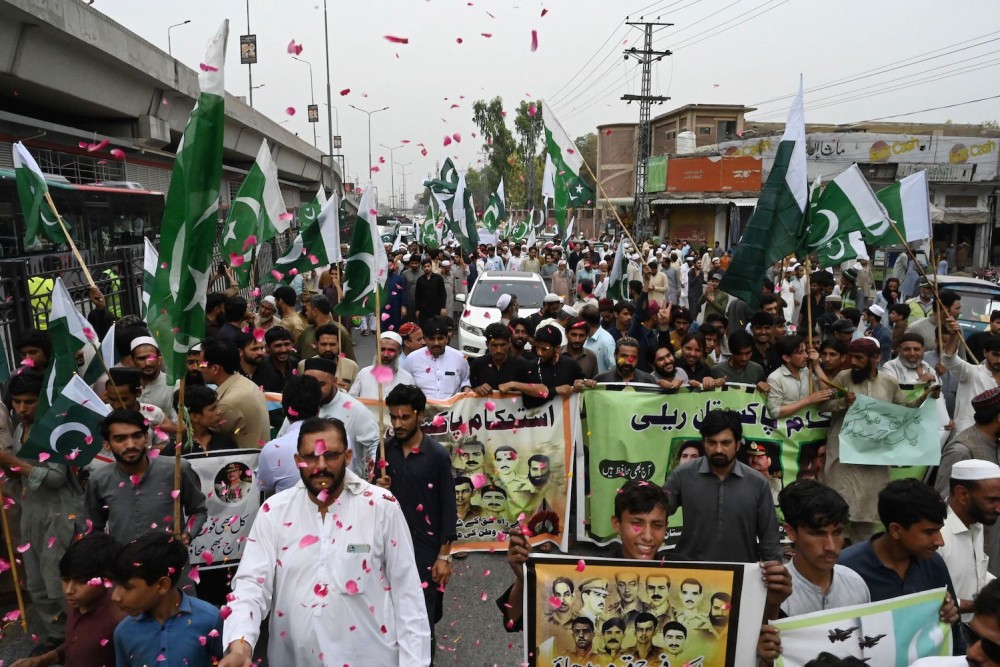

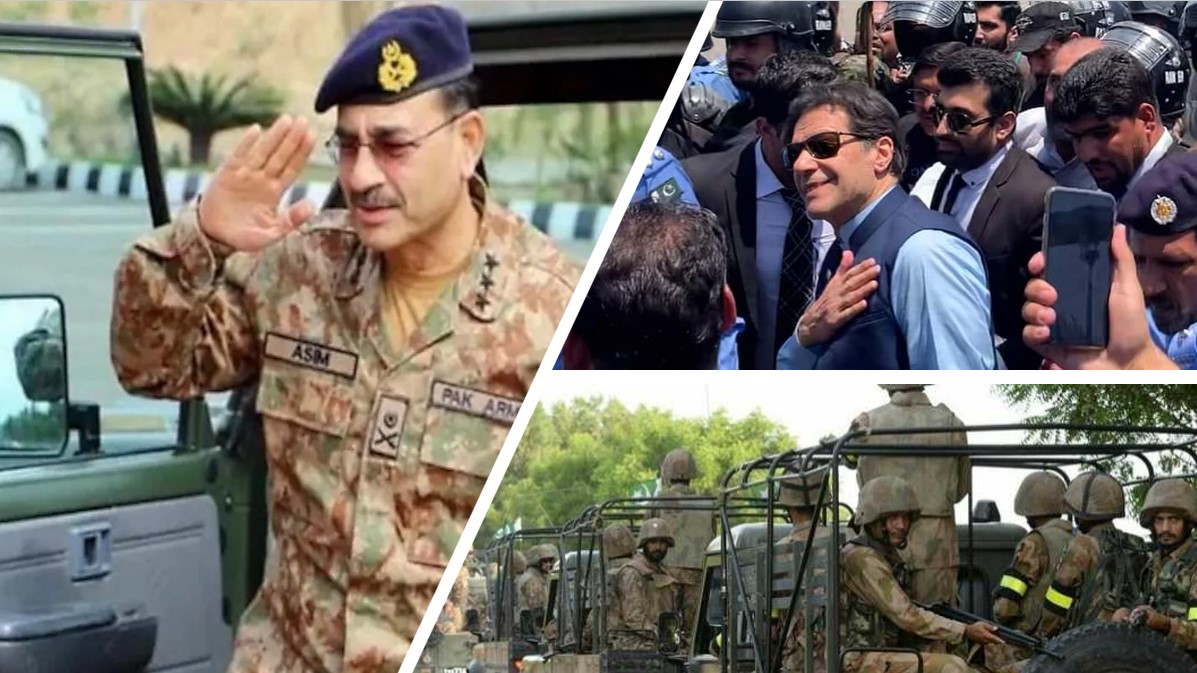
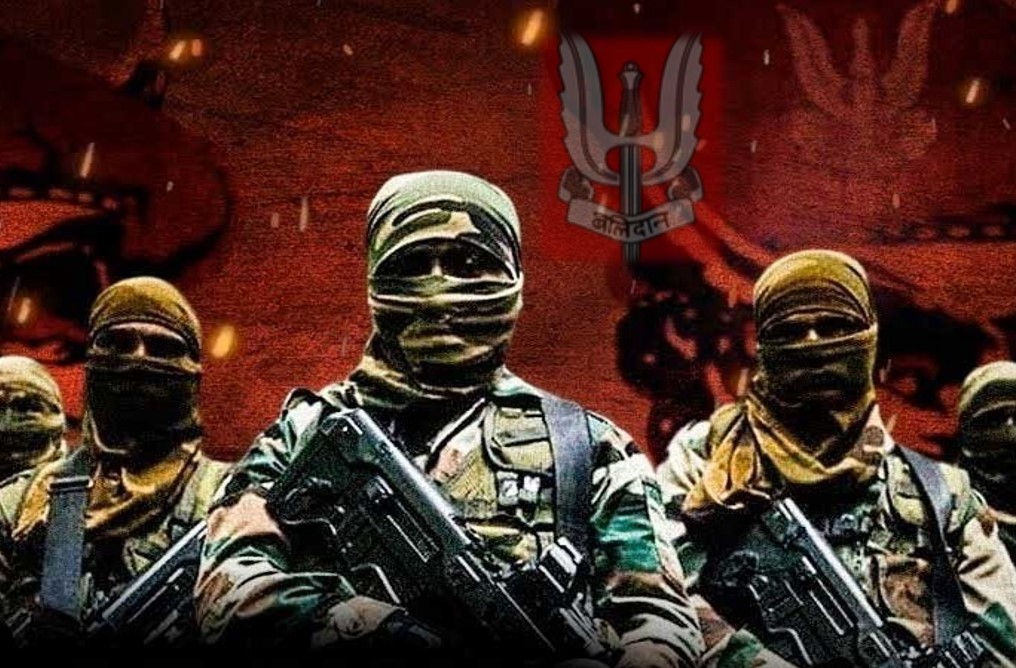
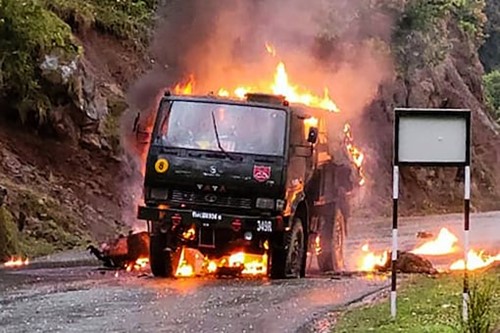
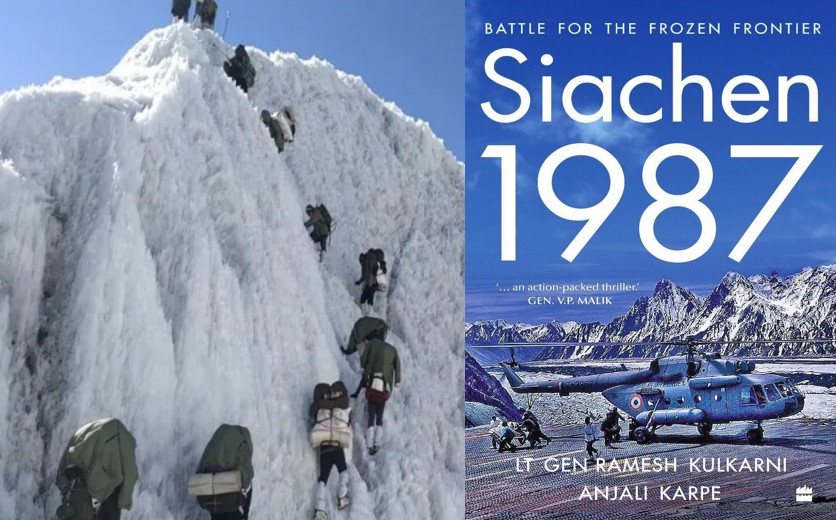
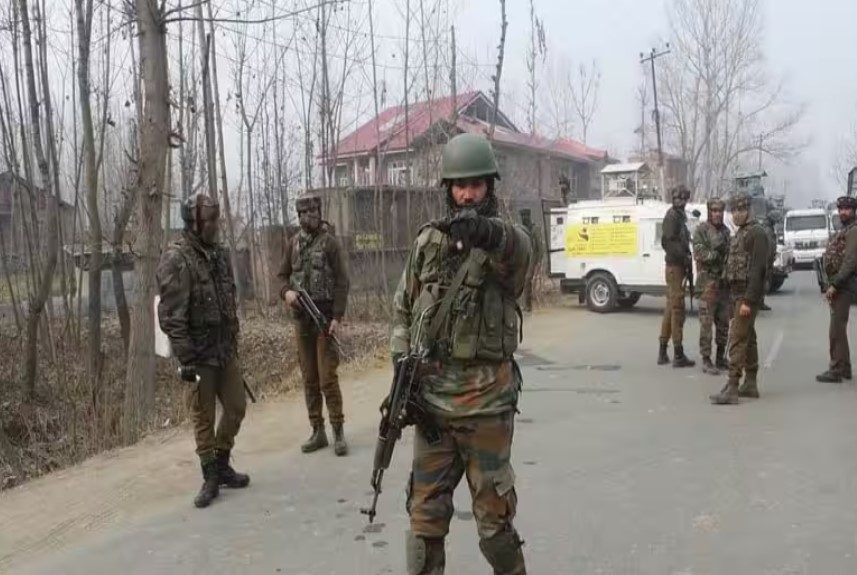
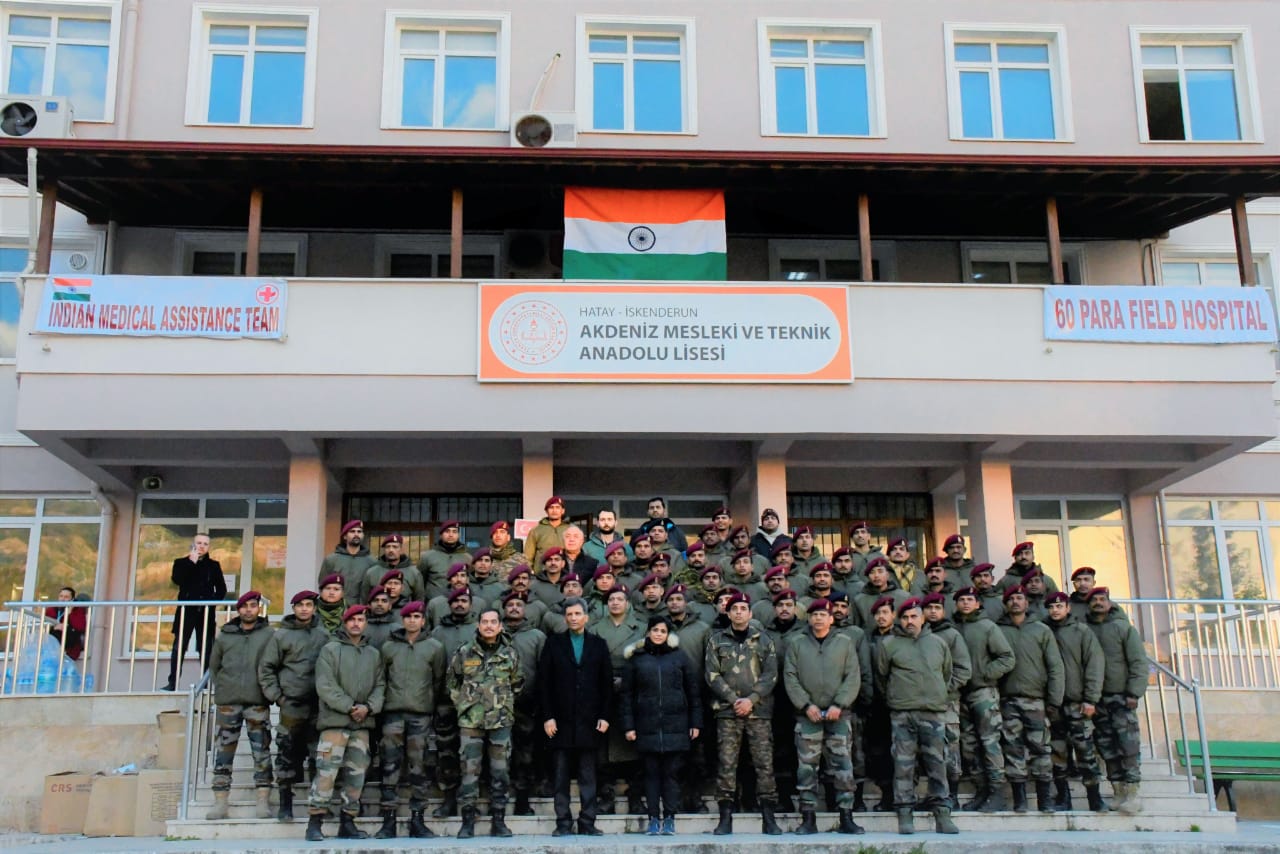
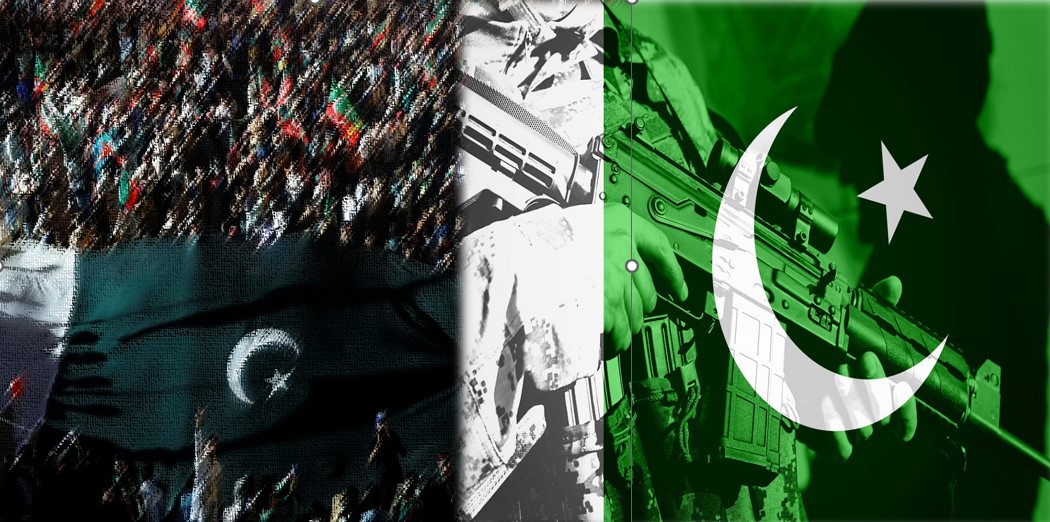






POST COMMENTS (2)
Ishant Yadav
Surender Makhija